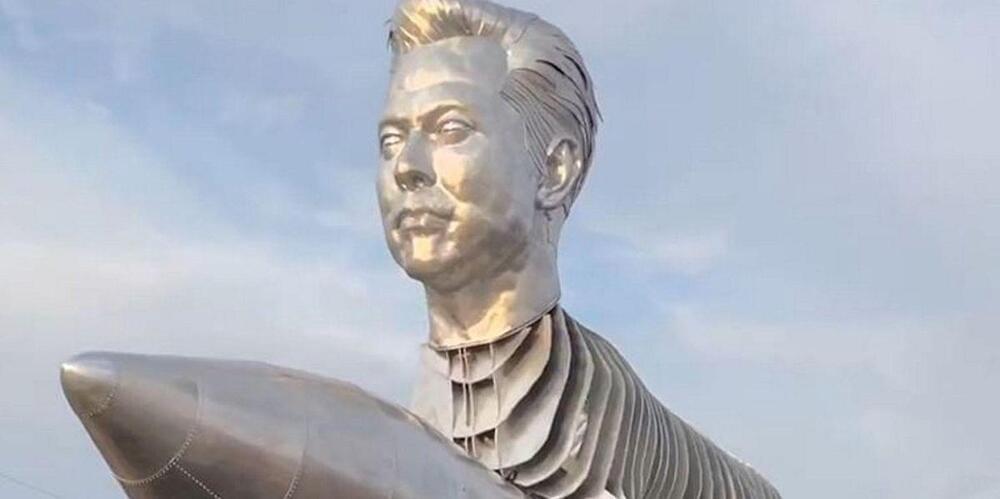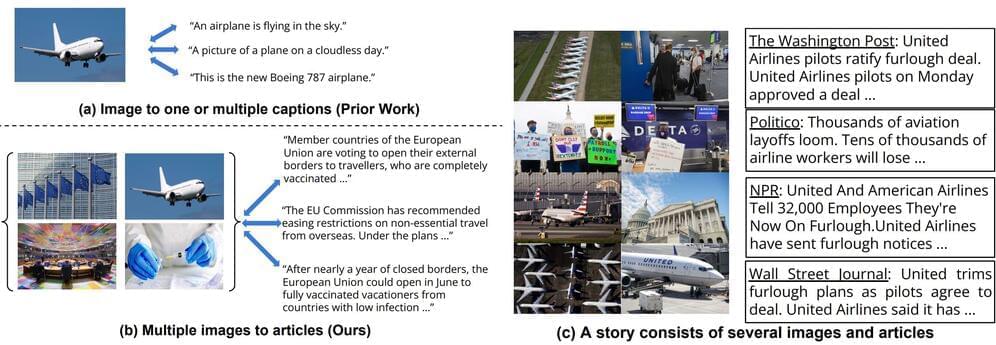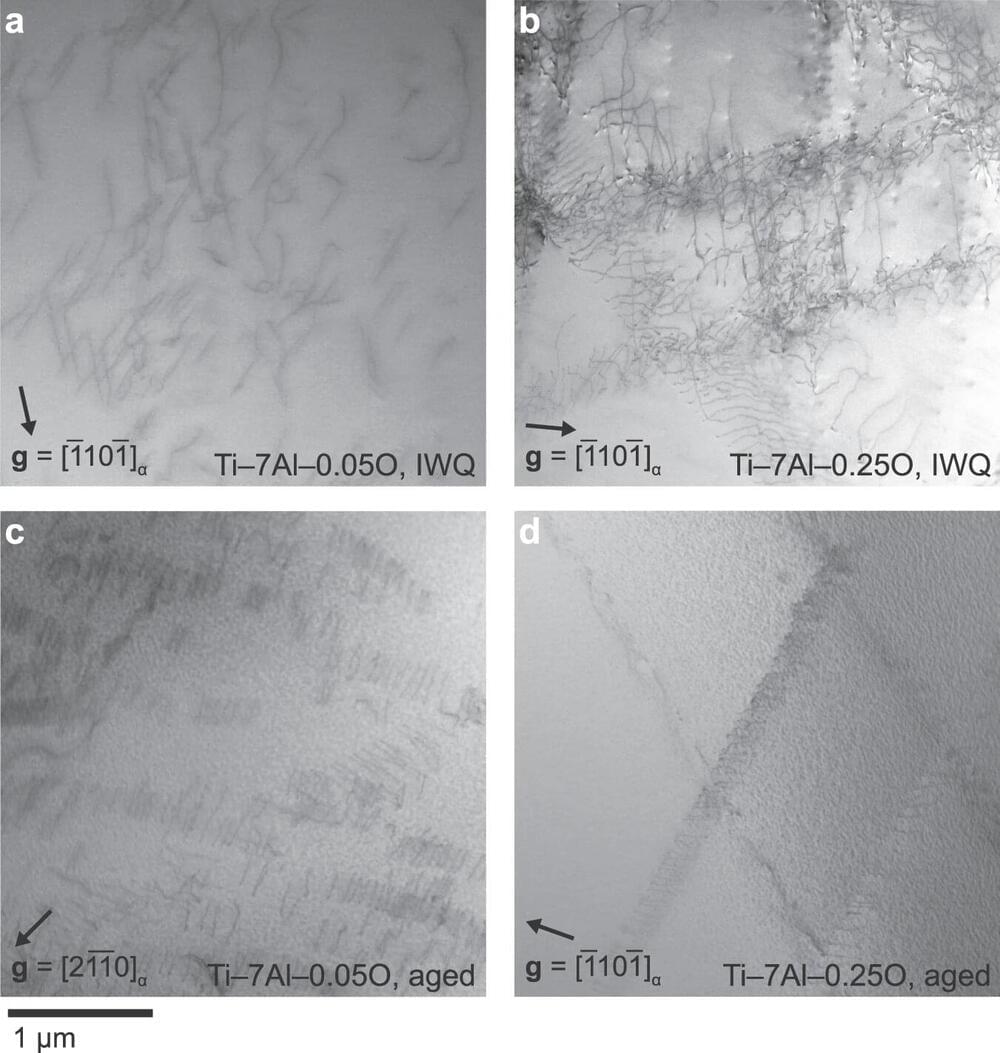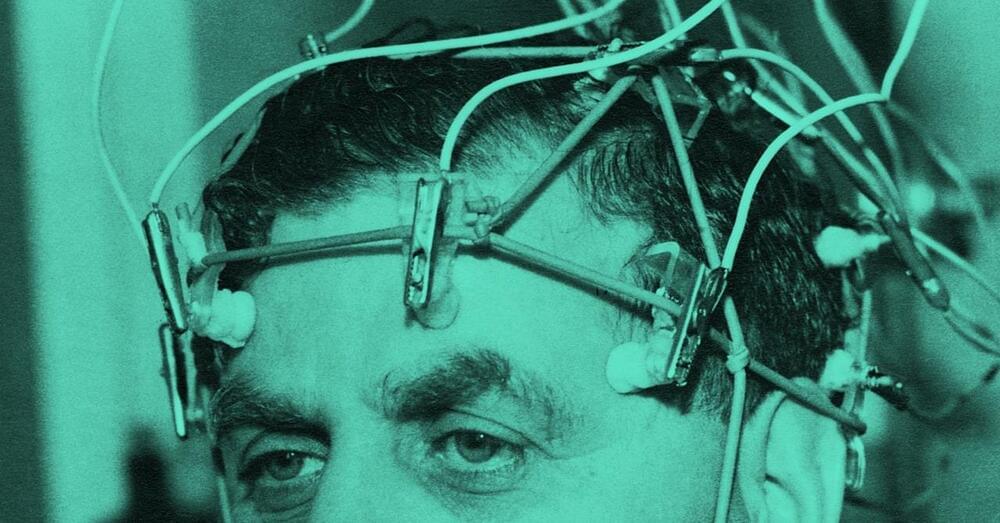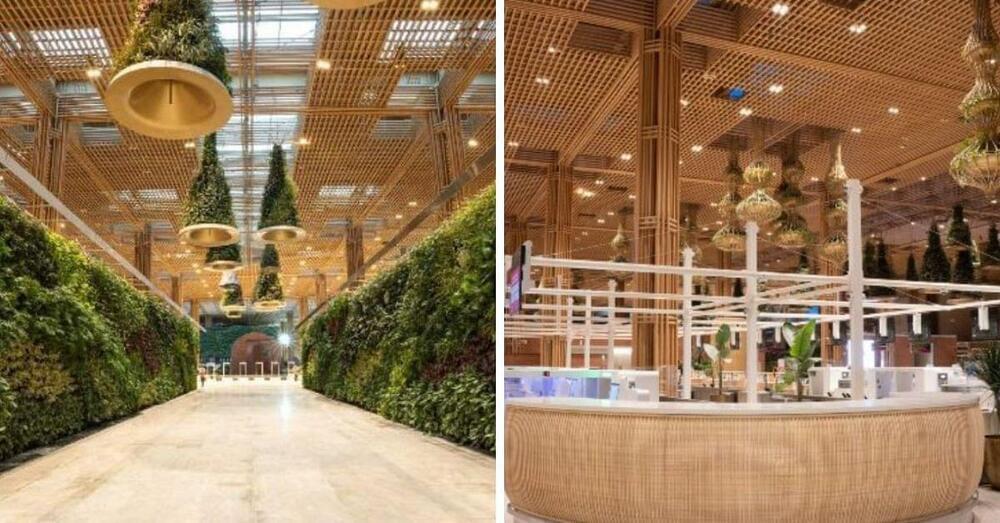
Artificial Intelligence (AI) is rapidly changing the world. Emerging technologies on a daily basis in AI capabilities have lead to a number of innovations including autonomous vehicles, self-driving flights, robotics, etc. Some of the AI technologies feature predictions on future and accurate decision-making. AI is the best friend to technology leaders who want to make the world a better place with unfolding inventions.
Whether humans agree or not, AI developments are slowly impacting all aspects of the society including the economy. However, some technologies might even bring challenges and risks to the working environment. To keep a track on AI development, good leaders head the AI world to ensure trust, reliability, safety and accuracy.
Intelligent behaviour has long been considered a uniquely human attribute. But when computer science and IT networks started evolving, artificial intelligence and people who stood by them were on the spotlight. AI in today’s world is both developing and under control. Without a transformation here, AI will never fully deliver the problems and dilemmas of business only with data and algorithms. Wise leaders do not only create and capture vital economic values, rather build a more sustainable and legitimate organisation. Leaders in AI sectors have eyes to see AI decisions and ears to hear employees perspective.
